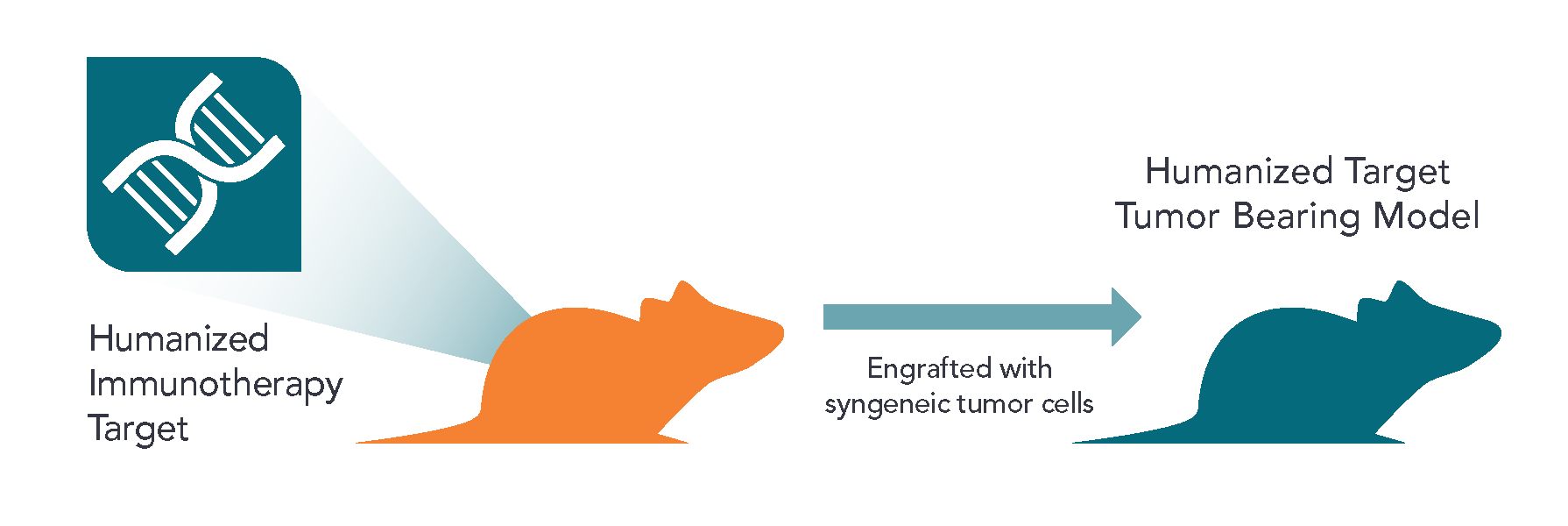-
Our Services
Therapeutic ModalitiesCancer IndicationsDrug TargetsDrug Discovery
-
Oncology & Immuno-Oncology Solutions
Therapeutic ModalitiesCancer IndicationsDrug TargetsDrug Discovery
-
Preclinical Services
-
Patient-Derived Translational Oncology
-
Biomarker & Bioanalysis Services
-
Clinical Biomarker & Biospecimen Services
-
Bioinformatics & Data Solutions
-
Oncology & Immuno-Oncology Solutions
-
Publications & Resources
-
About Us





